
We’ll assume you’ve already purchased your shiny new beginner keyboard and are eager to get started. So, now what? Accessories are often overlooked in the excitement of buying a digital piano, synth, organ, keyboard controller, digital workstation or portable keyboard - which is an oversight because they can make learning easier, more comfortable and more rewarding.
So, we’ve put together a checklist of what our experts recommend as essential gear add-ons that you’d be foolish not to consider. Everything from headphones, which your family and housemates will come to value just as much as you do, to something comfy to perch on while you are playing. You deserve only the best…
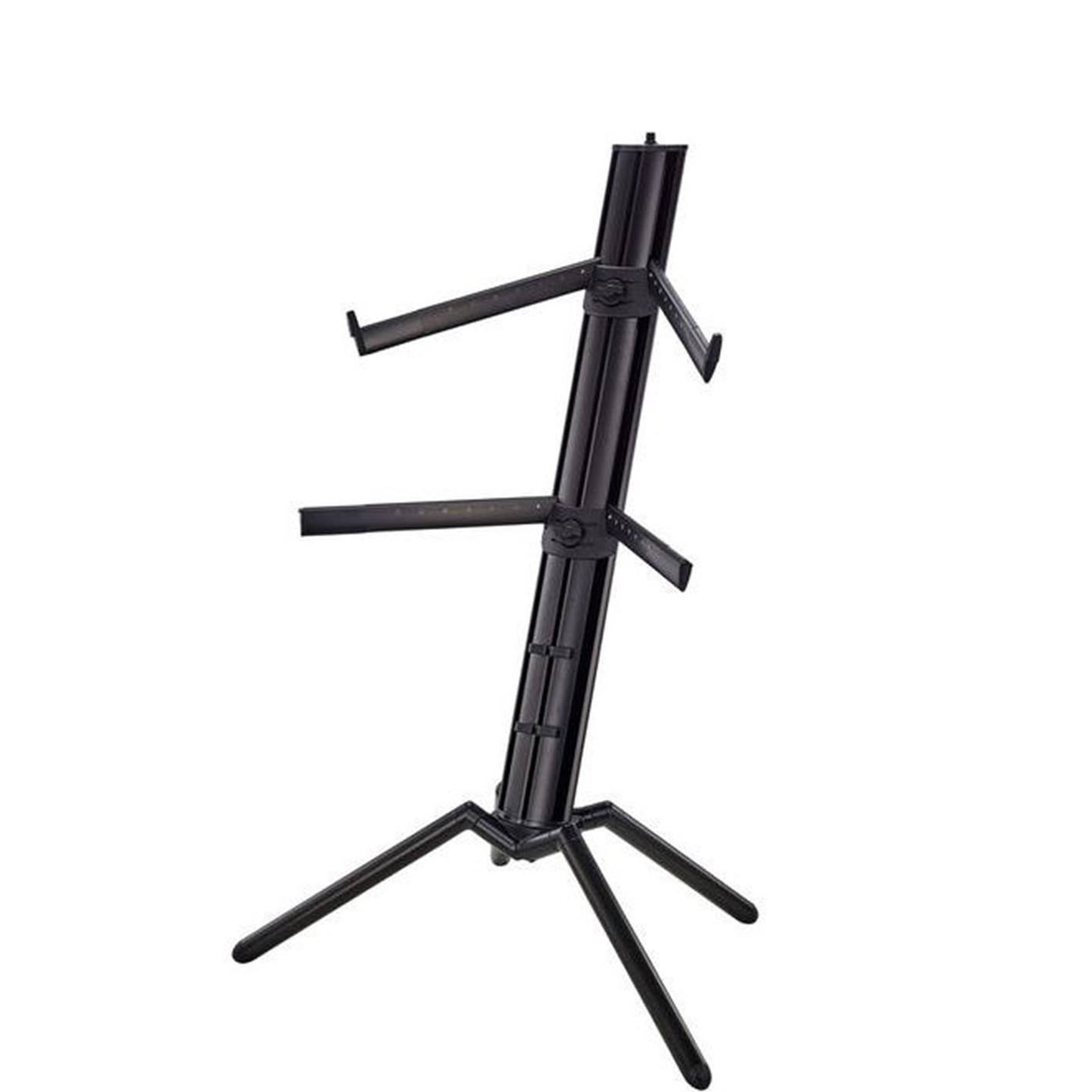
When I first bought a keyboard, I ignored advice to purchase a stand and ended up perching it precariously between two desks. It wasn’t the most robust keyboard, so it immediately began to bow in the middle. Not only that, but my housemate, who used the second desk for study, was far from impressed.
I should have purchased a proper keyboard stand right from the start. If you’re on a budget then a simple, inexpensive X-stand will do the trick, but many players complain of hitting their knees where the struts cross. Instead, I recommend a good Z-stand, like a Hercules KS410B or a Roland KS-11Z. However, if you believe your keyboard collection may expand in the future, then a double-decker stand, like the amazing K&M 18860 Spider Pro, is definitely the way to go. This beauty is sturdy, will support up to 105kg without a wobble, and is easy to set up and break down for gigs.
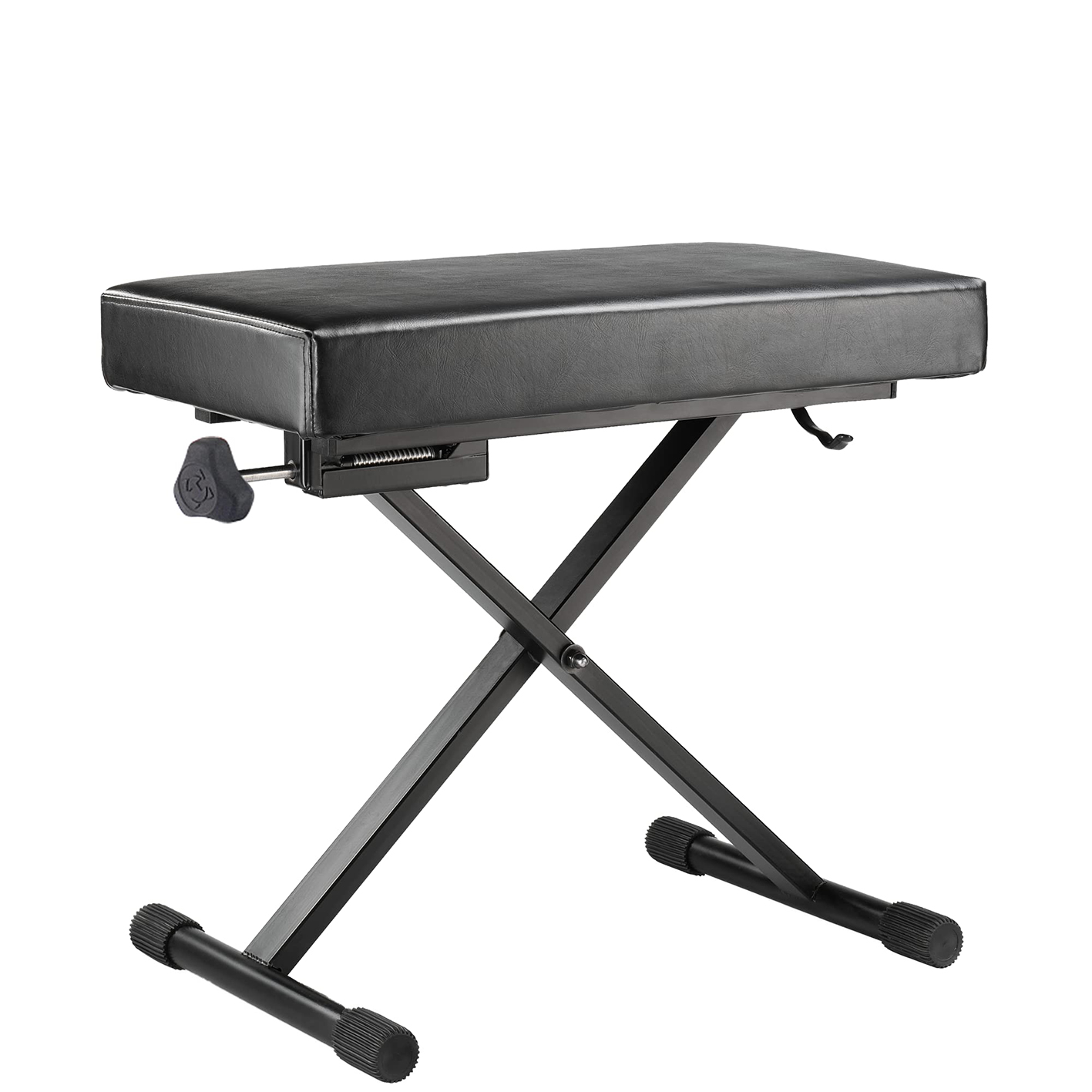
The office chair I started my keyboard journey with was also far from ideal, so I soon swapped it for a height-adjustable piano bench. This provided me with a solid platform from which to play, enabling me to naturally rest my hands on the keys without endangering my neck, shoulders or back. It also stayed put, something my ill-behaved roller-chair was incapable of.
Benches can look rather formal, so if that’s your thing I recommend the Roland PB-500PE, a masterpiece of polished piano-black solid wood and tufted faux leather.
Alternatively, the contemporary-styled Hercules KB200B gets my vote. It’s innocuous, robust, adjustable and comfy. Just sit on it and forget it.
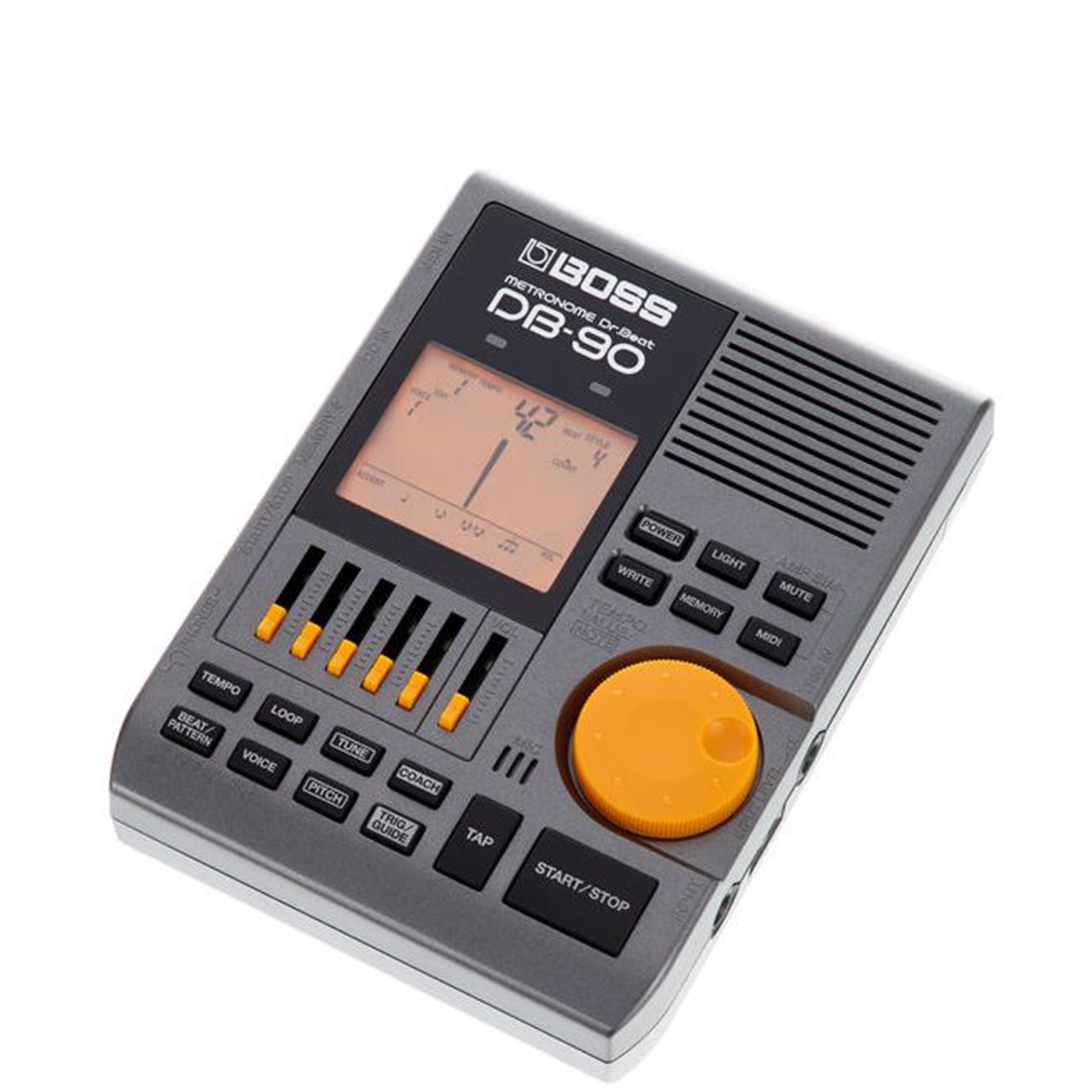
It’s quite likely that your keyboard will already feature a metronome, but it will probably be rudimentary and rather uninspired. Can a metronome really be inspirational? Surely it’s the least sexy keyboard accessory going? Well, that’s true of most metronomes, but not the Boss DB-90, a veritable rhythm machine that’s bound to set pulses racing, and in perfect time too.
The DB-90 makes playing in the pocket way more interesting than performing to a click. Its Note Mixing function reveals dozens of playalong drum patterns, while chunky sliders, buttons, a rotary dial and a large backlit LCD screen make it easy to dial-in complex rhythms.
Too much? Consider the less expensive, less feature-rich Boss DB-30. Too complicated and too modern? The traditional, pyramid-shape Wittner W818 may be more your cup of tea. Served in fine bone china, of course.
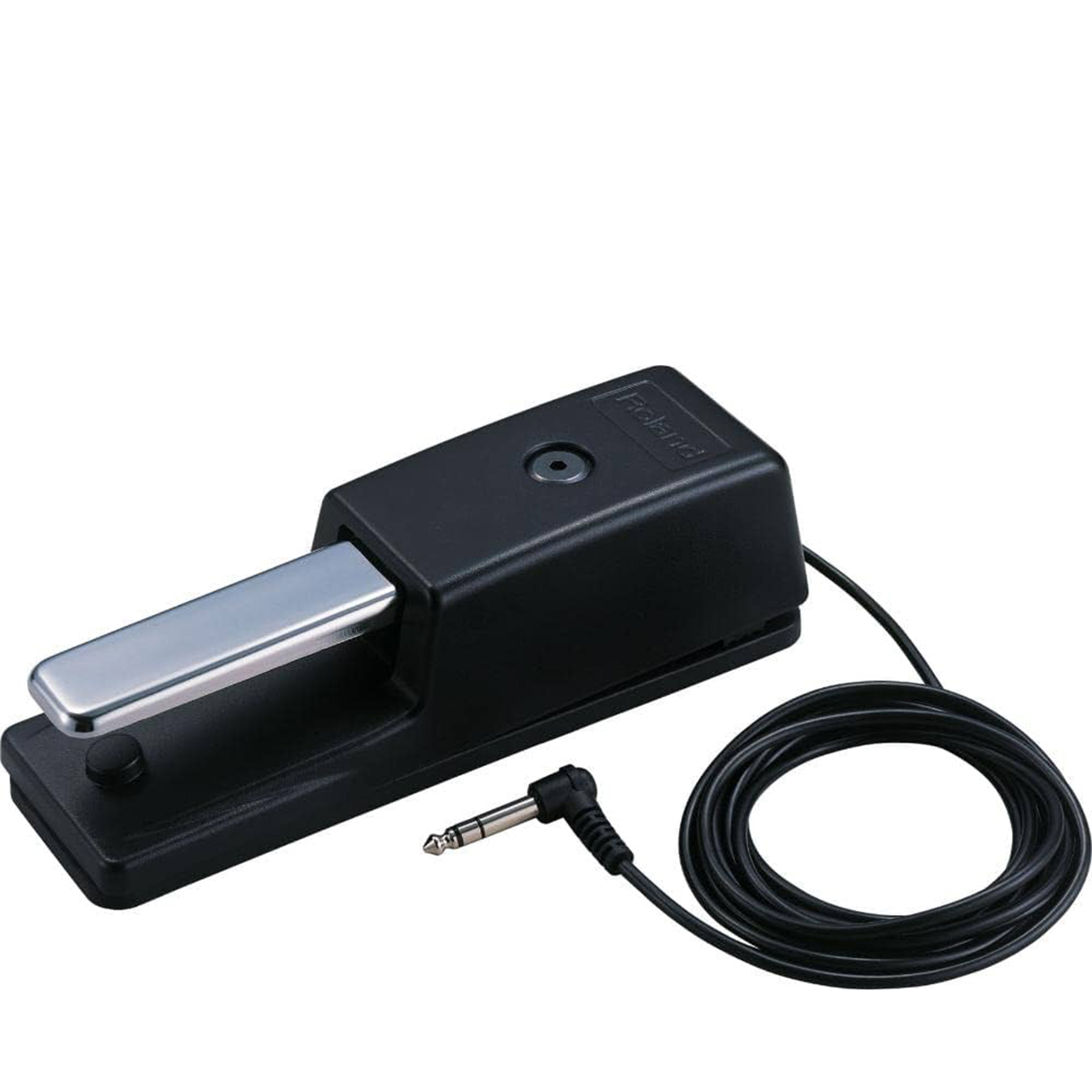
A damper pedal is an absolute must for pianists and a very desirable accessory for synth and other keyboard players too. Hit the damper pedal and a note will sustain for considerably longer, the exact time depending on the instrument. Confusingly, it’s sometimes called a sustain pedal because it was originally conceived to lift the dampers from piano strings in order for them to sustain and resonate sympathetically. This effect is almost certainly modelled on your keyboard, which may also allow you to ‘half-pedal’ for a more moderate result.
Damper pedals are not always universally compatible across keyboard brands, one issue being polarity, which if incorrect will give the opposite effect – Roland and Yamaha, for example, favour opposite polarities. Amusingly, to a point, pressing your foot down on the ‘wrong’ pedal will release the sustain whereas lifting it off will introduce it.
Fortunately, some damper pedals have switchable polarity, a feature that can be found hidden in the settings menu of some keyboards too. If in doubt, stick to the same brand for both keyboard and pedal.
One of our favourites is the robust Roland DP-10, which is very smooth, responsive and won’t break the bank. It’s compatible with half-pedalling and can also be used as an assignable on/off switch. Yamaha’s FC4A is another great damper pedal, but it doesn’t allow half-pedalling, which may or may not be important to you. It’s a touch pricier too.
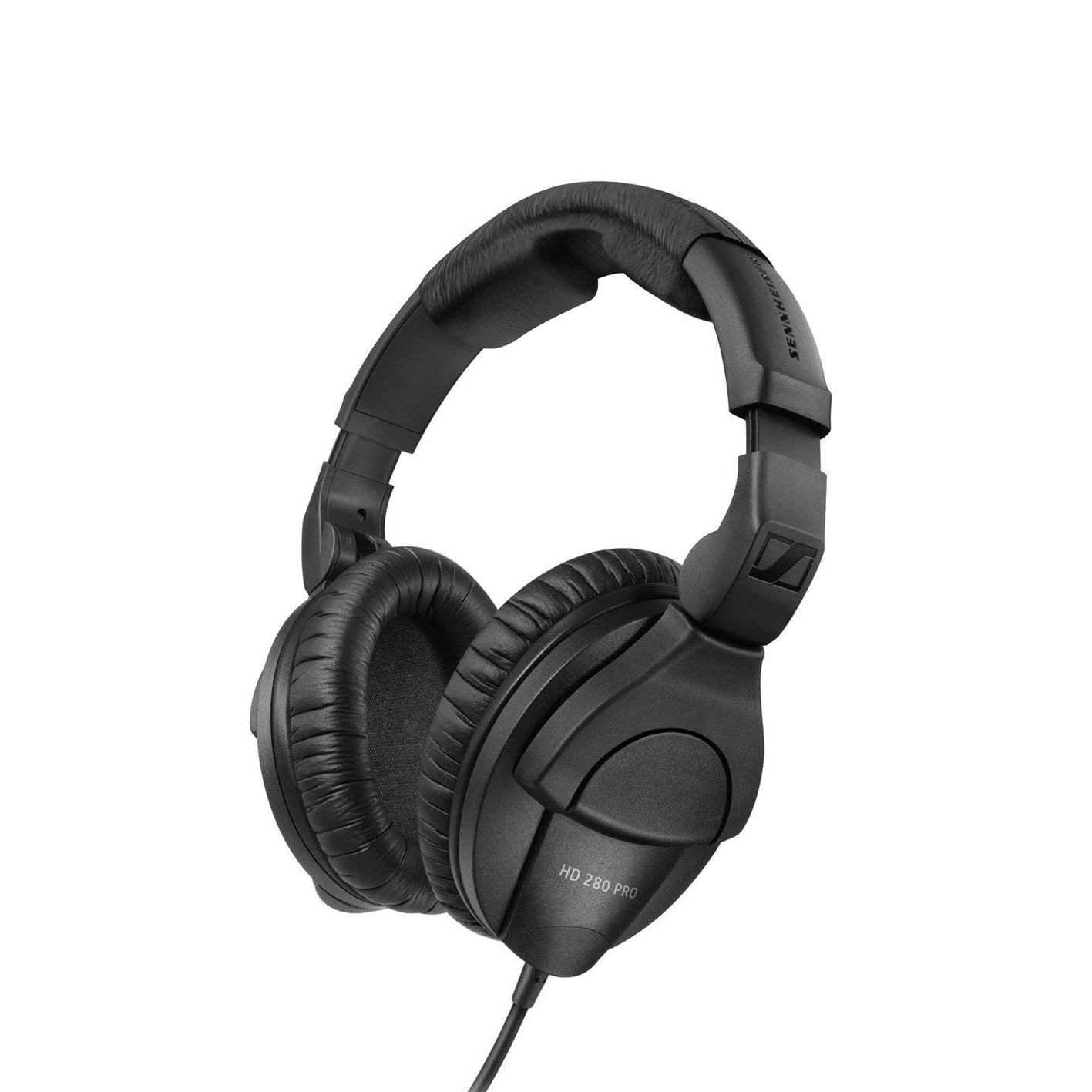
Headphones are an indispensable accessory for keyboard players. They enable you to practice undisturbed, and can also stop your family and housemates from attempting to murder you during particularly monotonous practice sessions. Essentially, they keep the peace.
They need to be as sound-proof as possible, so closed-back, over ear headphones are preferable to open-back styles or earbuds. In theory, Bluetooth models should work with Bluetooth equipped keyboards, but latency - the obvious delay between hitting a key and hearing a note - is a huge issue, so our advice is to stick with wired headphones for now.
I can’t recommend a pair of Beyerdynamic DT 700 PRO X headphones enough. They are comfortable, beautifully built, work well with a wide variety of sources - due to their widely compatible 64 ohm impedance rating - and sound glorious. They’re very good value but hardly a budget buy. If you’re a bit strapped for cash after the expense of buying your keyboard, then a pair of Sennheiser HD 280 PRO headphones is a great alternative. They’re also comfortable, well-built, isolate sound well and perform exceptionally for the price.
For more options check out our guide to the best digital piano headphones.
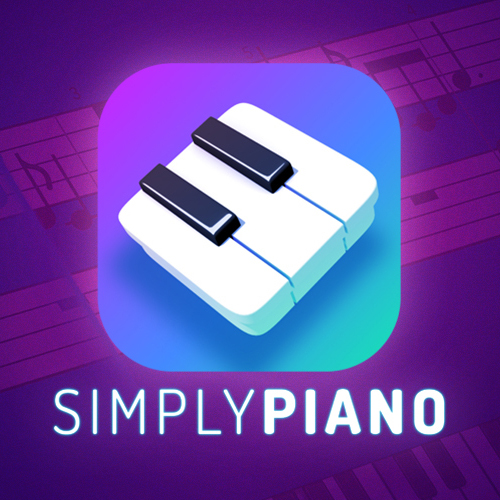
Riffing on a synth with one finger may have been cool back in the ’80s, but these days keyboard players are expected to know their chops. Learning one-to-one is the best route to mastering the keyboard, but the cost of face-to-face lessons quickly mounts up, so it’s not an affordable option for everyone. Online learning is a great alternative. It’s still one-to-one but you get to choose how much to practice from the comfort of your own home.
MusicRadar has an extensive library of online tutorials for you to dip in and out of as you please. They cover a wide variety of genres and topics – everything from music theory to mastering a broad range of styles and techniques.
If you’re a complete beginner, then taking a basic online piano course is a wise choice. Skoove, Yousician and Pianote all provide complete, structured, step-by-step courses on their websites or via smartphone apps. Our current favourite though - especially for beginners and kids - is Simply Piano, a fun and engaging app that takes a gamified approach to learning. It’s available on iOS or Android from £83.99, which is considerably less than the cost of a face-to-face teacher.
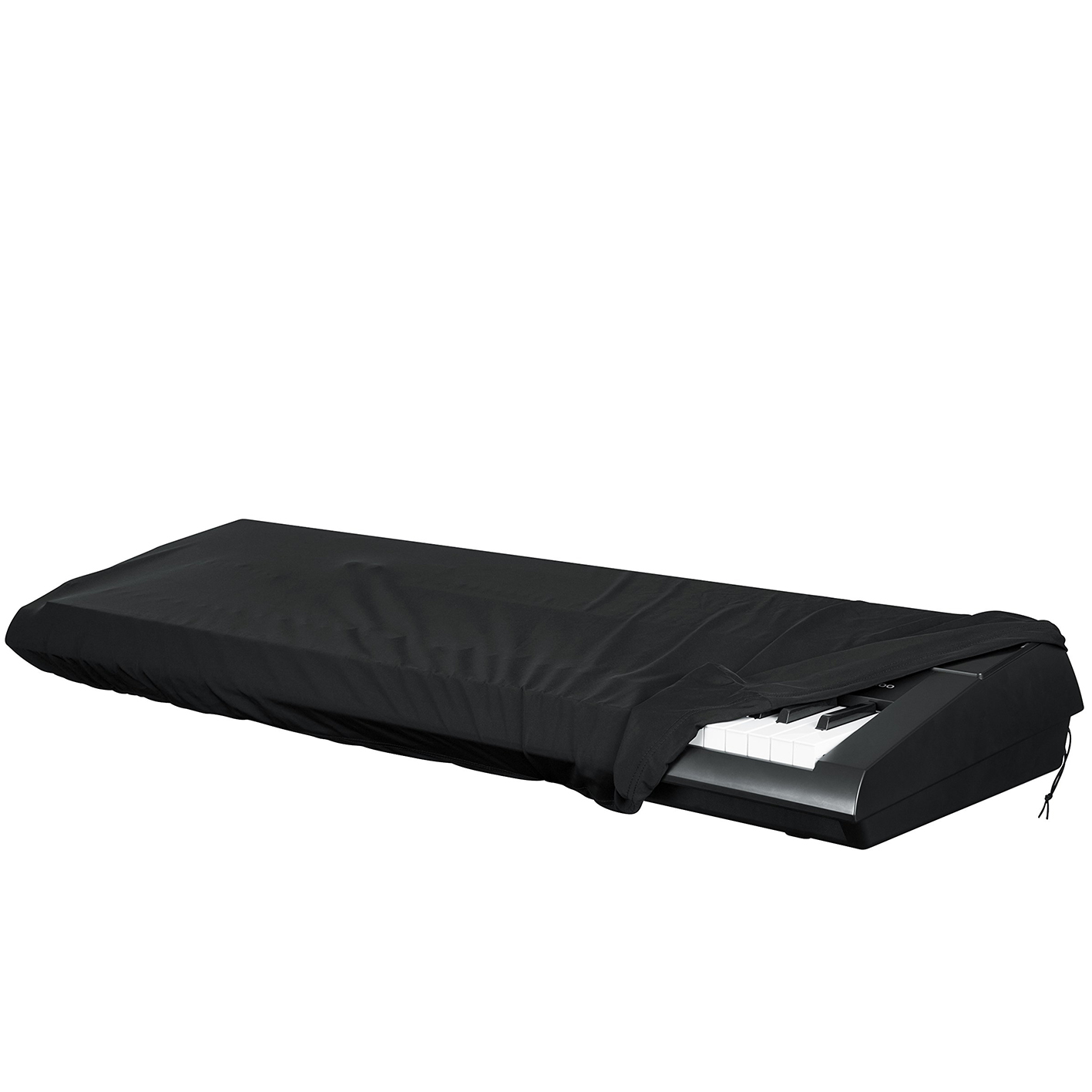
Now that you’ve invested in a shiny new keyboard, you’re going to want to keep your pride and joy looking box fresh and working like it did when it left the factory. Keyboards are a mass of working parts and sensitive electronics that can quickly and easily get gummed up with dust, coffee, biscuit crumbs and god only knows what else. Keys, buttons, rotary knobs and sliders are all magnets for dirt and grime. You’re going to need a cover.
Our favourite covers for the working, gigging musician are made by Decksaver from tough, transparent polycarbonate. Decksaver makes custom, push-fit covers for a broad range of synths, keyboards and other audio equipment, designed to protect against dust, impact and liquid spills. The covers are low-profile too, so it’s still easy to slip your keyboard inside a padded bag or flight case for transport.
Decksaver has an expansive range, but it doesn’t cater for every brand or keyboard model. Its covers are relatively expensive too. A good alternative for home use, particularly if you’re just concerned about protecting your keyboard from dust, is a stretch-fit fabric cover. Gator makes a variety of these, including the GKC-1648, a full-size cover suitable for 88-key keyboards. They’re inexpensive, quick to fit and will protect your keyboard from dust, UV rays, pet hair and children’s sticky fingers!
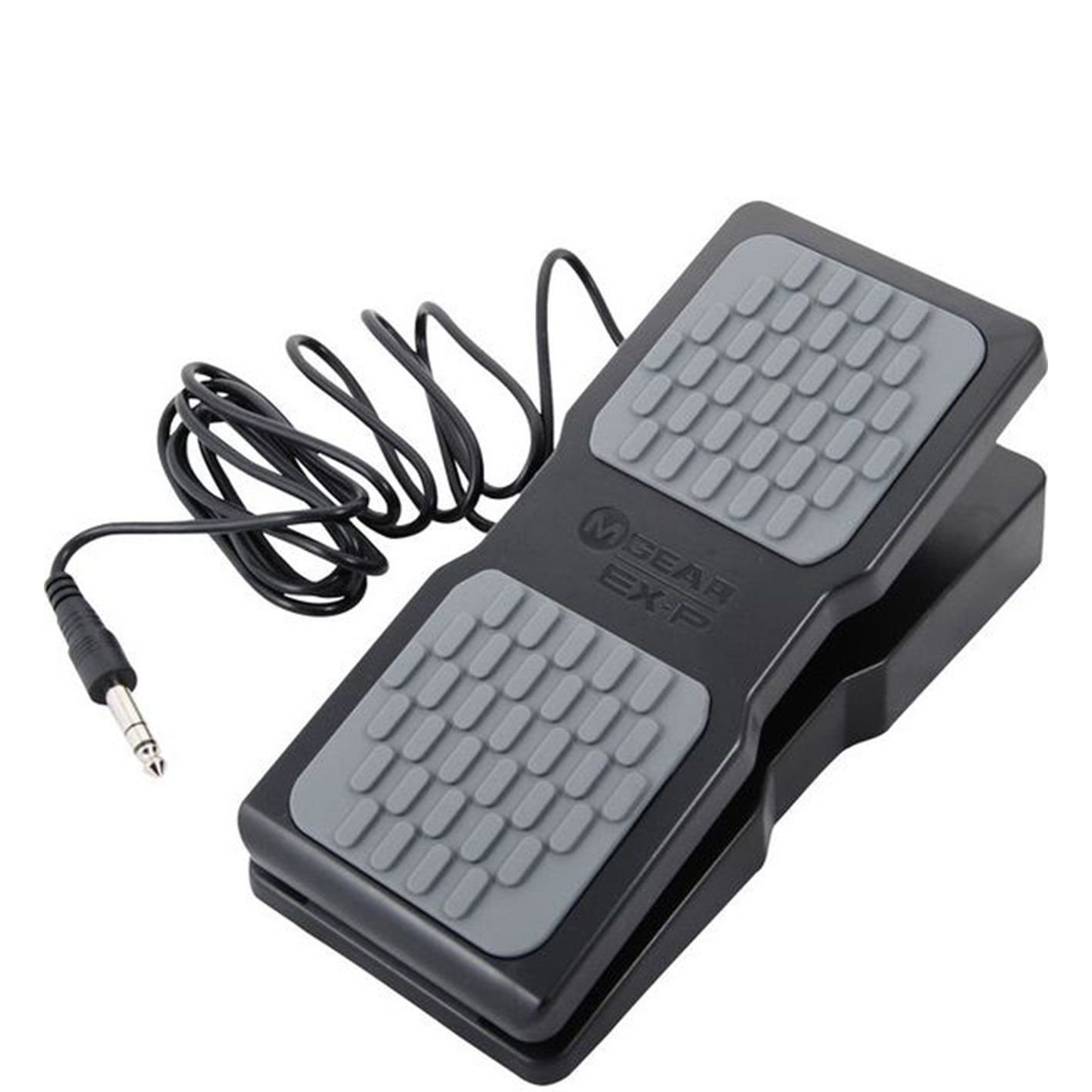
Just as a sustain pedal enables you to increase sustain, an expression pedal can introduce volume swells, panning, filter sweeps or any other effect assigned to it via MIDI.
Unfortunately, there is no standard for expression pedals, so polarity can be an issue, as can connector type.
M-Audio’s EX-P, which features switchable polarity, is about as universal as an expression pedal can get, and it's cheap as chips too. Just check compatibility with your keyboard or controller before you take the plunge.







